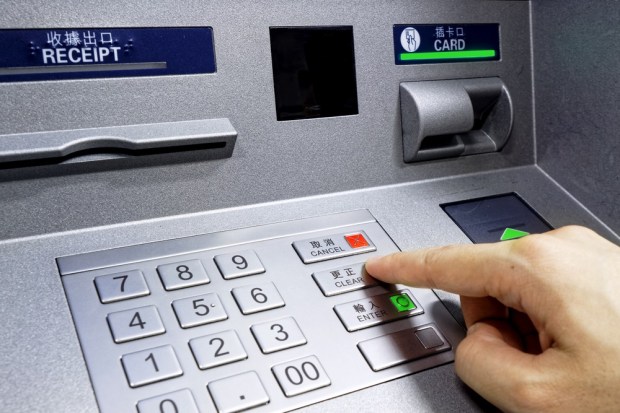Liverpool Gang Sentenced To 36 Years For Blowing Up, Robbing ATMs

A brazen gang of criminals that used oil tanks to blow up and rob ATMs in Scotland were collectively sentenced to 36 years in jail.
The Liverpool criminals — Robin Vaughan, Joseph McHale and Kevin Schruyers — stole £130,000 after blowing up cash machines starting in Aug. 2013. The group stayed in a chalet in Scotland next to the golf course at Cruden Bay, telling the owner they worked in the oil industry. They used a mixture of oxygen and acetylene, an extremely dangerous combination, to blow up the cash machines. At the High Court in Edinburgh on Friday (Aug. 5), Judge Lady Scott said the method was “previously unheard of in Scotland,” according to a report. The owner of the chalets realized the trio were blowing up ATMs when he caught one of them removing the dye from banknotes.
To cover their tracks, the gang switched cars and regularly changed the plates on their vehicles. They were busted when the stolen banknotes started showing up in Liverpool. That led to a raid and their subsequent sentencing. Vaughan got a sentencing of 11 years, McHale is facing 12 years and six months and Schruyers will serve 13 years.
Blowing up an ATM and walking off with the money isn’t a common method, but skimming is. In February, NCR, the payments hardware maker that specializes in ATMs, warned about skimming attacks at the cash dispenser, with the bad guys using technologies designed to gather up PINs and grab cash tied to hidden cameras. There are also devices that are attached to ATM network cables themselves to steal card data. In its warning, as quoted by the site, the company said: “These devices are plugged into the ATM network cables and intercept customer card data. Additional devices are attached to the ATM to capture the PIN. A keyboard overlay was used to attack an NCR ATM; a concealed camera was used on the Diebold ATM. PIN data is then likely transmitted wirelessly to the skimming device.”
In May, a team of thieves in Japan stole ¥1.4 billion ($12.7 million) from cash machines across Japan. The two-hour attack relied on 100 people using cloned bank cards.
